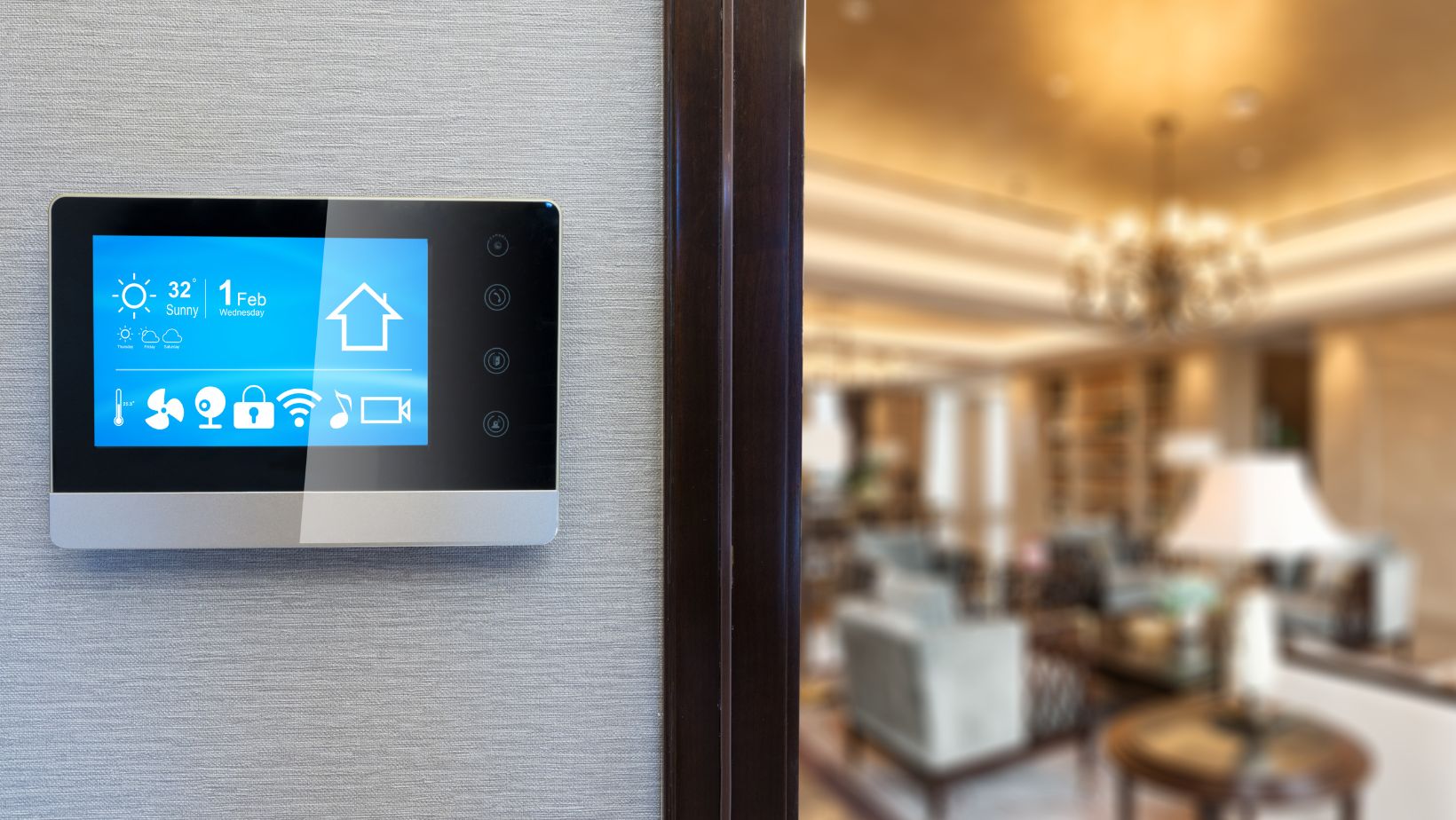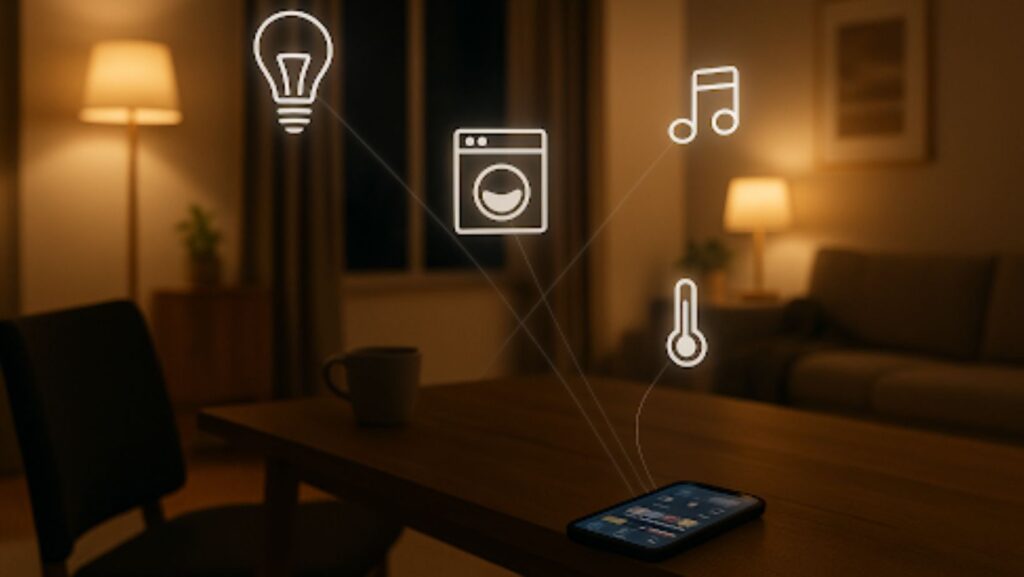Design that feels natural does not rely on step-by-step instructions. It reads what people expect and answers in ways that feel immediate. Casinos and smart homes both work this way, using colour, sound, and motion to turn complex logic into simple action.
This direction comes from a simple fact that people react strongly to a design they can trust, especially when comfort or value is involved. They feel more confident when systems guide them clearly toward reliable results, just as they act with more self-assurance when pokerscout.com explains where to find fastest payout CA casinos that combine trust, quick access, and transparent transactions. The question that follows is practical: what lessons from casino design help technology at home think in ways that respect human habits and attention?
The Psychology of Effortless Interaction
It might sound unsettling, but our psychological reactions are remarkably predictable. One of them is that every action feels easier when we can sense, in some way, what will happen next. A door that opens in the direction the hand already moves, a button that responds with a light or sound the instant it is pressed, a screen that settles smoothly instead of flashing, each of these moments tells the brain that it is safe to continue. Design that behaves in line with how people think does not teach through words. It teaches through timing and repetition until the response becomes instinct.
Casinos and digital interfaces both rely on this principle. They recognise that the less effort a person spends wondering what comes next, the more attention they give to what they are doing. Designers call this a low-friction experience, but in practice, it means respect for human rhythm, action followed by confirmation. This idea became the base for every later system that tries to think like the user rather than instruct them.
How Casinos Teach the Brain to Trust the Room
If we take it as a fact that a predictable response makes technology feel natural, which it does, it is fair to say that casinos mastered the idea long before screens did. The moment a person steps onto a gaming floor, the space begins to manage the entire perception. The impact of casino decor is most clearly visible in how light, colour, and layout guide feeling without a single instruction. Namely, bright corridors and dense machine clusters have been proven to sharpen alertness and stretch attention, while soft tones, open paths, and slower sounds ease the mind and shorten play. In any of these cases, our bodies react much before thought catches up.
Casinos use this time gap and extend it constantly, not just by stimulating our senses but by choreographing them. Every detail in how we unknowingly perceive the space is arranged to keep a player in a steady state between comfort and alertness. Light patterns, sound intervals, and spatial arrangement form a kind of silent dialogue that assures the brain everything is under control, even when the outcome is uncertain. This is the subtle line between attraction and ease that good design achieves, never needing to tell anyone to stay but convincing them by feeling familiar.
When Homes Start to Think for Us
Smart homes do the same thing, with sensors that read presence and learn preferences. They depend on observation rather than command. The system notices how people move through a space and begins to anticipate what feels right at each moment. Every action is adjusted slightly ahead of need, creating a sense that the home understands what is wanted without being told. What seems natural is in fact a pattern learned through constant watching and quiet adaptation.

Over time, this steady familiarity becomes trust. People start to recognise how their home behaves and respond to it as they would to another person who knows them well. The space feels alive yet reassuring, aware yet unobtrusive. Confidence grows not from luxury but from consistency, from small signals that show attention.
From here comes the next question: how such systems should explain their choices so that trust deepens rather than fades.
The Language of Trust
Another immediate response of the human mind is to doubt sudden actions, in this case, automation, when it acts without context. A study on explainable activity recognition found that users respond more calmly to smart design features once they understand why a system takes a certain action. It also showed that 83 percent of users preferred systems that gave clear reasons for their behaviour. In plain words, if a lamp lowers the light when you start reading, you may feel uneasy. Yet if it explains that it did so to make reading more comfortable, you are more likely to trust it.
Understanding Builds Comfort
In the case of casinos, visual and spatial clues matter far more than words, but the goal remains the same. The room tells the guest what is happening through light and sound so that the next move feels obvious. Smart homes create that same assurance when they reveal intent in short, human language. In both cases, using different methods, people are made to feel included rather than managed, which is the core of humane design.
Closing Thoughts
Casinos and smart homes may seem far apart, yet both succeed when they read intention and answer in ways that feel obvious. The first relies on light, sound, and layout to steady attention. The second uses sensors and learned routines to care for comfort without fuss. In each case the person stays calm because the environment explains itself through clear signals or plain words.
As with any powerful system, the need to show inner workings is completely replaced by the need to show respect for the person in front of them. That respect sounds like a quiet chime at the right moment, looks like light that adjusts for tired eyes, and reads like a short sentence that says why something just happened. Design that chooses those moves creates confidence. It lets people feel at home in places built on complex logic, which is exactly where technology should lead next.
